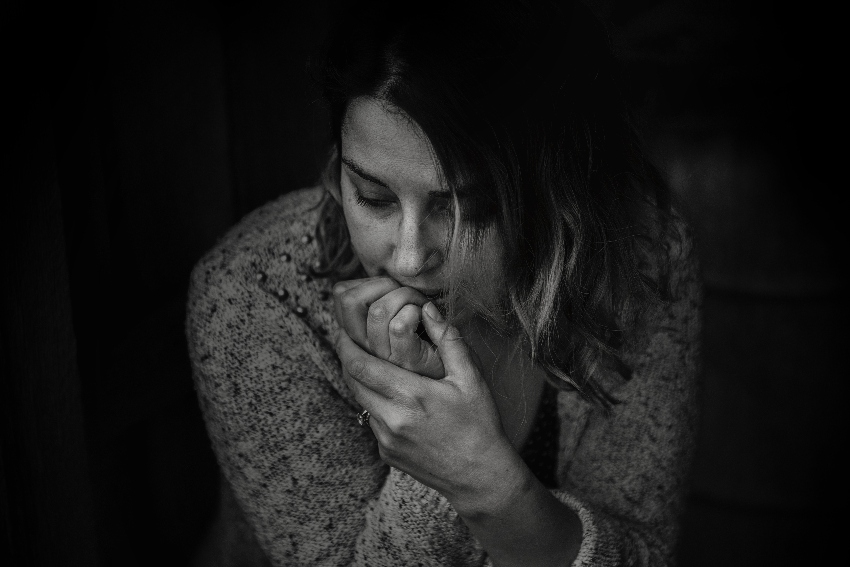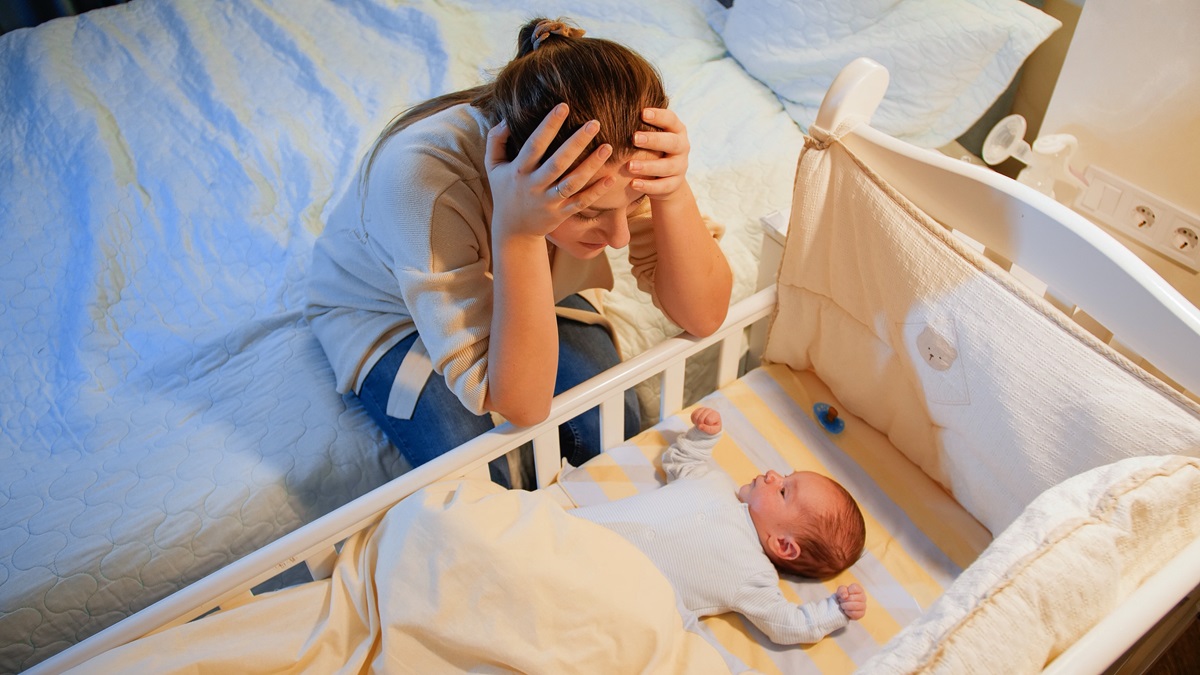What do you think of this article?
By Dr. David Woo - January 15, 2021

TMS is clinically proven and FDA-approved to treat treatment-resistant depression, OCD (obsessive-compulsive disorder), and pain associated with migraine headaches with aura. (1,2,3) Many clinical trials also show that TMS is effective in relieving symptoms of anxiety, ADHD (attention deficit hyperactivity disorder), PTSD (Post-traumatic stress disorder), and traumatic brain injury. (4,5,6)
TMS can also help patients with seasonal affective disorder or SAD. SAD is a form of depression that recurs each year for approximately four to five months. Some people experience SAD during the winter months, while others experience SAD during the summer months.
Symptoms of Seasonal Affective Disorder
Since SAD is a type of depression, the signs and symptoms associated with this disorder are similar to those of major depression, and include:
- Persistent sadness
- Irritability
- Losing interest in activities you usually enjoy
- Feelings of hopelessness
- Difficulty concentrating or remembering things
Other symptoms can vary between winter-pattern and summer-pattern SAD. Common symptoms of summer-pattern SAD include:
- Anxiety
- Insomnia
- Poor appetite that may lead to weight loss
- Agitation and/or violent outbursts
Common symptoms of winter-pattern SAD include:
- Oversleeping
- Overeating that may lead to weight gain
- Social withdrawal
Your doctor can help you recognize the pattern of your symptoms. For example, do you start experiencing depressive symptoms in October that last until May? Do you then feel better during the summer months, until the next October?
The Benefits of TMS Treatment for People With SAD
TMS is an alternative to antidepressants that is proven to help relieve symptoms of major depression, even when antidepressants don’t work. (7,8) TMS can also help patients find relief from SAD symptoms when other treatments don’t. TMS stimulates brain cells by focusing magnetic pulses to a certain area of the brain. This is done by placing a magnetic coil over a specific area of the scalp. TMS is medication-free, non-invasive, and painless.
A TMS treatment course lasts a total of 9 weeks–6 weeks of treatment and a 3 week taper period. Due to the short length of the TMS treatment course, your doctor can plan your treatment according to your symptom pattern. For example, if your symptoms typically start in late October, your doctor may recommend starting your TMS treatment course in early October.
TMS is also proven to be long-lasting, and the positive effects may last for at least one year for some patients. (9) Although TMS results vary from person to person, one treatment course will likely provide you with symptom relief for the entire season. In some cases, patients may need a maintenance session if they feel their symptoms coming back.
Do You or a Loved Have Signs of Seasonal Affective Disorder?
If you or a loved one have signs of seasonal affective disorder and are interested in learning more about TMS for SAD, please contact us.
Resources:
1. Horvath JC, Mathews J, Demitrack MA, and Pascual-Leone A. The NeuroStar TMS device: conducting the FDA approved protocol for treatment of depression. J Vis Exp. 2010 Nov 12;(45):2345. https://pubmed.ncbi.nlm.nih.gov/21189465/. Accessed December 08, 2020.
2. FDA permits marketing of transcranial magnetic stimulation for treatment of obsessive compulsive disorder. US Food & Drug Administration. Published August 17, 2018. https://www.fda.gov/news-events/press-announcements/fda-permits-marketing-transcranial-magnetic-stimulation-treatment-obsessive-compulsive-disorder. Accessed December 08, 2020.
3. FDA Approves Device to Treat Migraines With Auras. Practical Pain Management. Publication Date Unkown. Updated June 12, 2017. https://www.practicalpainmanagement.com/patient/conditions/headache/fda-approves-device-treat-migraines-auras#:~:text=The%20US%20Food%20and%20Drug,onset%20of%20a%20migraine%20attack. Accessed December 08, 2020.
4. Cirillo P, Gold AK, Nardi AE, Ornelas AC, Nierenberg AA, Camprodon J, and Kinrys G. Transcranial magnetic stimulation in anxiety and trauma‐related disorders: A systematic review and meta‐analysis. Brain and Behavior. June 2019;9(6):e01284. https://www.ncbi.nlm.nih.gov/pmc/articles/PMC6576151/. Accessed December 08, 2020.
5.Cao P, Xing J, Cao Y, Cheng Q, Sun X, Kang Q, Dai L, Zhou X, and Song Z. Clinical effects of repetitive transcranial magnetic stimulation combined with atomoxetine in the treatment of attention-deficit hyperactivity disorder. Neuropsychiatric Disease and Treatment. November 2018;14:3231-3240. https://www.ncbi.nlm.nih.gov/pubmed/30538481. Accessed December 08, 2020.
6. Hoy KE, McQueen S, Elliot D, Herring SE, Maller JJ, and Fitzgerald PB. A pilot investigation of repetitive transcranial magnetic stimulation for post-traumatic brain injury depression: Safety, tolerability, and efficacy. Journal of Neurotrauma. July 2019;36(13):2092-2098. https://www.ncbi.nlm.nih.gov/pubmed/30712461. Accessed December 08, 2020.
7. Garcia-Toro M, Mayol A, Arnillas H, et al. Modest adjunctive benefit with transcranial magnetic stimulation in medication-resistant depression. J Affect Disord. 2001;64:271–275. https://pubmed.ncbi.nlm.nih.gov/11313095/. Accessed December 10, 2020.
8. Somani A, Kar SK. Efficacy of repetitive transcranial magnetic stimulation in treatment-resistant depression: the evidence thus far. Gen Psychiatr. 2019;32(4):e100074. https://www.ncbi.nlm.nih.gov/pmc/articles/PMC6738665/. Accessed December 10, 2020.
9. Dunner DL, Aaronson ST, Sackeim HA, et al. A multisite, naturalistic, observational study of transcranial magnetic stimulation for patients with pharmacoresistant major depressive disorder: Durability of benefit over a 1-year follow-up period. J Clin Psychiatry. 2014;75(12):1394-401. https://pubmed.ncbi.nlm.nih.gov/25271871/. Accessed December 10, 2020.




Leave a Reply